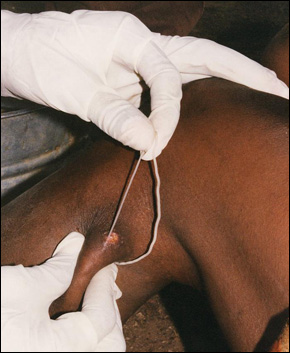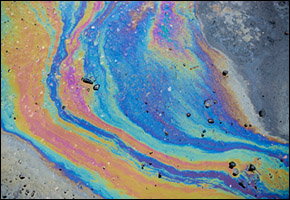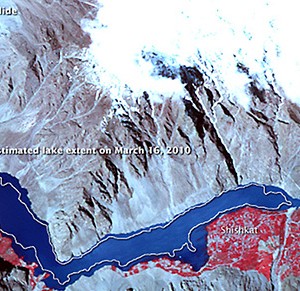Sudan’s Fight Against the Guinea Worm
The Guinea worm has the potential to become the second completely eradicated disease in human history — but the political stability of one African nation will play a crucial role.

Of the 9 million people living in the southern region of Sudan, more than 2,500 have Guinea worm, according to a report by CNN. With only 500 additional cases scattered around the globe, health officials believe that eliminating the disease in Sudan would be a big step in eradicating this parasite that has infected humans since Ancient Egyptian times.
The Guinea worm — which can reach up to three-feet long and is similar in appearance to an over-sized spaghetti noodle — enters the human host through larvae-infested drinking water. Once inside the host, the larvae become worms that penetrate the intestinal wall and travel within the body via connective tissues. The worms emerge from the body through fiery blisters on the legs, feet, arms, hands, head, chest, and eyes. To ease the burning sensation of these blisters, infected persons immerse themselves into bodies of water. The worms then lay their eggs in the water. When the eggs mature into larvae, they are ingested by another human host, starting the cycle again.
Since water plays a central role in the parasite’s life cycle, both the World Health Organization (WHO) and the Carter Center — a non-profit NGO started in 1982 by former U.S. President Jimmy Carter and his wife Rosalynn — have attempted to educate Sudanese communities on the importance of keeping drinking water supplies from becoming contaminated by Guinea worm larvae.
The worm could be eradicated by 2015, if there are no new infections recorded in Sudan for four consecutive years, according to WHO standards. The only other disease to have been fully purged from humans is small pox, which required a vaccination. Since neither vaccinations nor medications can be used to treat the parasite, education is a main factor in eradication.
Currently the conventional treatment is to draw the worm out of the blister and then to coil it around a stick — a few centimeters every day, which can take many weeks to accomplish. CNN reports that, “if the worm comes out next to an ankle, knee, or elbow, the joint could become frozen, paralyzing the patient.” While the worm is emerging, the burning pain is mostly associated with a secondary bacterial infection in the blister that can become septic and lethal, if it goes untreated.
More than 1,000 Sudanese volunteers are working to educate the public and provide easy, preventative techniques, such as nylon water filters and chemical water treatments. Many experts believe that the expulsion of the Guinea worm will ultimately depend on the Sudanese government, which held its first democratic presidential elections in more than 20 years last month.
But regional tension still exists, leaving the future of the parasite uncertain.
Southern Sudan — which represents about one-third of the country — is coordinating an election for next year to determine whether the Christian southern region will secede from the Islamic north and become its own country.
While incumbent president, Omar Hassan al-Bashir — who seized power in the 1989 coup — won 68 percent of the national vote, those opposing Bashir say that he used “intimidation, violence, bribery, and monopolization of the state media to ensure he did not lose,” according to The New York Times. Salva Kiir, the president of the southern semi-autonomous region, won 93 percent of the southern vote, according to The Guardian.
These internal conflicts could worsen as water resources are divided, according to some experts.
Source: CNN
is a Traverse City-based assistant editor for Circle of Blue. She specializes in data visualization.
Interests: Latin America, Social Media, Science, Health, Indigenous Peoples







Leave a Reply
Want to join the discussion?Feel free to contribute!